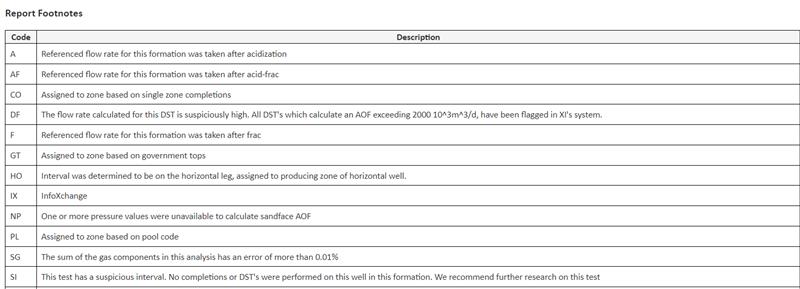XI Technologies: How Data Validation Elevates Pre-Licensing and Drill Planning: A Comprehensive Approach to Regulatory Compliance.
January 9, 2024
To complete the applications necessary for regulatory approval of new drills (such as Directive 056 and Directive 008), it is essential to have the correct data. Whether you gather that data manually or have it provided from a service, regulators demand that operators rely on several sources of historical records throughout the pre-licensing application process for their assessments. Historical records, such as gas analyses, pressure tests, leak-off tests, historical casing depths, and field kick rates provide necessary insight into a prospective drill.
As critical as data may be to the pre-licensing and drilling planning process, just as critical is the validation and interpretation of that data.
Regulators demand a thorough, credible evaluation of drill prospects; not just a rehash of public data. Applicants must demonstrate and present vetted, application-aligned data that satisfies regulatory needs and aligns with their assumptions. A balance between access to reliable data and its proper evaluation with supporting documentation is imperative to avoid audit vulnerabilities.
Consider that regulators are the very source of much of the public data we’re talking about. They are just as aware of the fallacies and inaccuracies throughout these public records, and they too apply their own diligence in their evaluations and audits.
Those with experience in well licensing and regulatory compliance understand the equal balance between two core principles needed in licensing applications:
- Access to trusted data (and considerable amounts of it).
- Proper evaluation and/or supporting documentation of the data, without which you could be vulnerable to audit.
Examples where simply having the government regurgitated data is not enough for an application include:
- Missing or sparse government tops data.
- Tests assigned to zones that are now commingled or tops that span multiple formations.
- Errors in public data records – such as decimal-shifts in reported pressures or recording depths.
- Referenced tests not representative of the drilling operation – for example, using a post-stimulated flow rate to reflect a drilling H2S release rate.
- Geology not properly reflected in referenced data.

As these examples demonstrate, due diligence, validation, and interpretation are as necessary as data collection, in the pre-licensing and drill planning process. This added complexity and time is necessary to avoid having to re-file incomplete or rejected applications. It is definitely less complicated and time-consuming to apply proper due diligence upfront than having to deal with an audit as a result of poorly validated applications.
XI Technologies offers tools that provide both the necessary data and validation for H2S release rate assessments and surface casing applications in our RegulatorySuite of products. These web-based tools eliminate the complexity and expense typically associated with pre-licensing research.
Each week, XI Technologies uncovers trends and insights using our enhanced data and software focused on the WCSB. If you’d like Word to the Wise delivered directly to your inbox, subscribe here. For more tips and to learn about how XI’s RegulatorySuite can help with your high-level analysis visit XI’s website or contact XI for a demo.